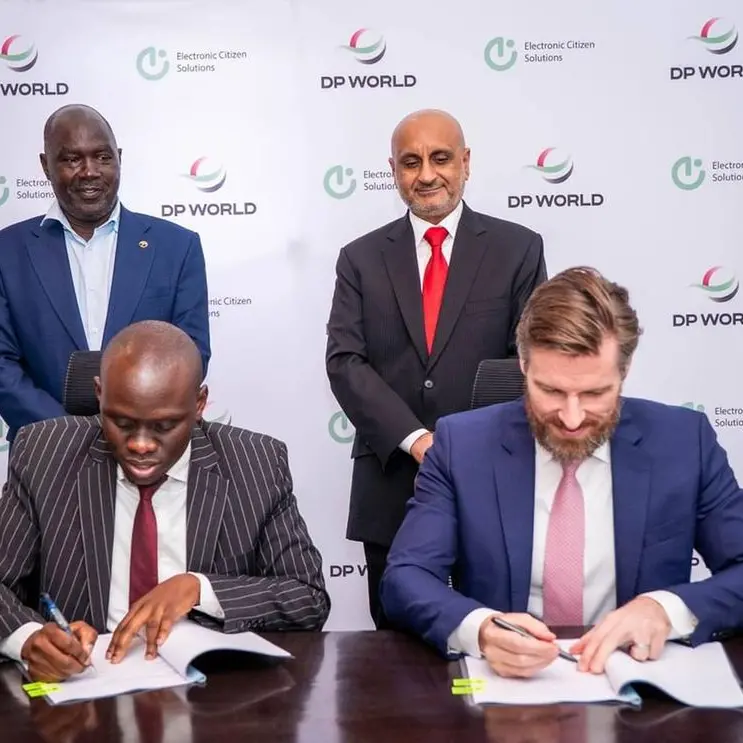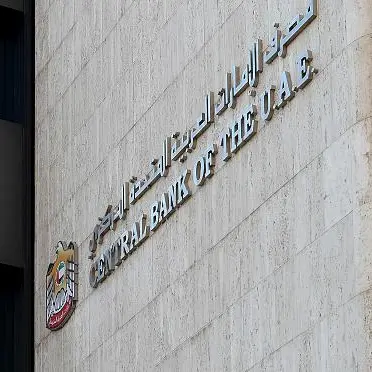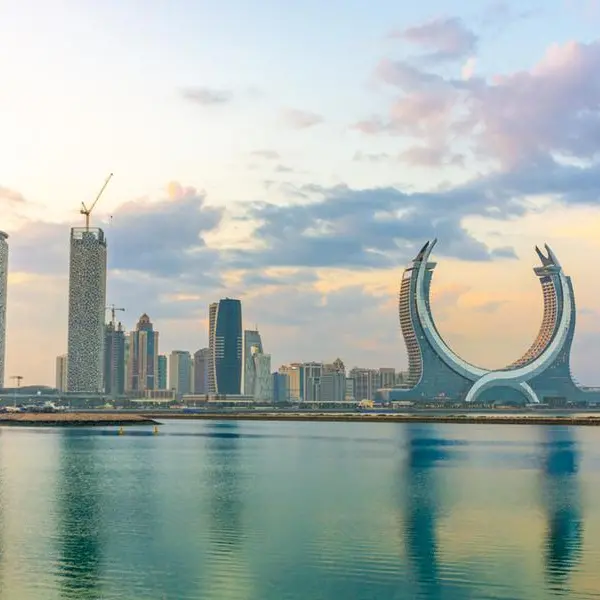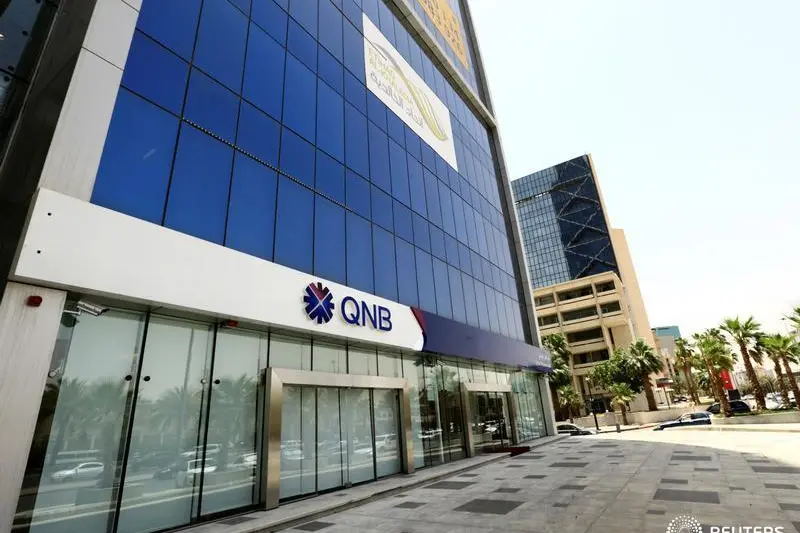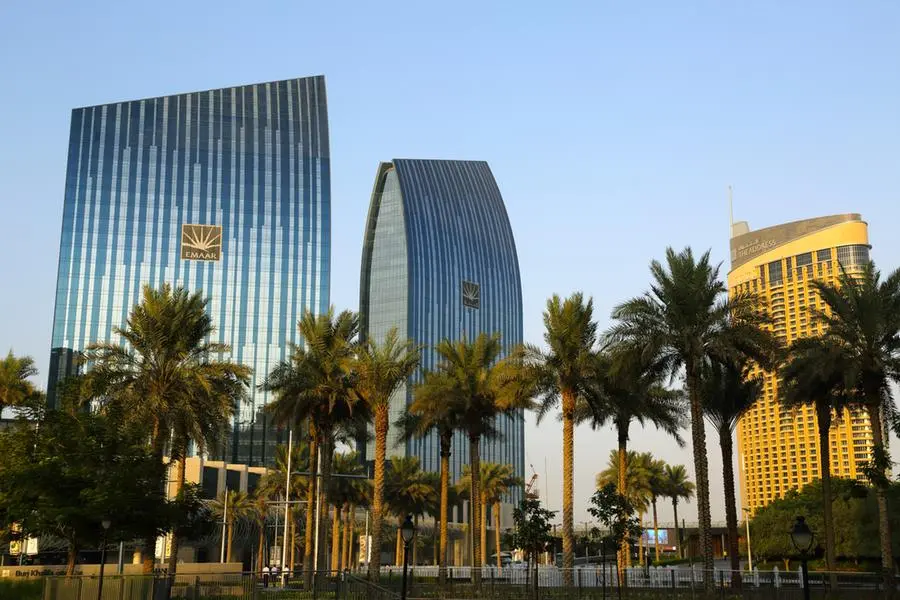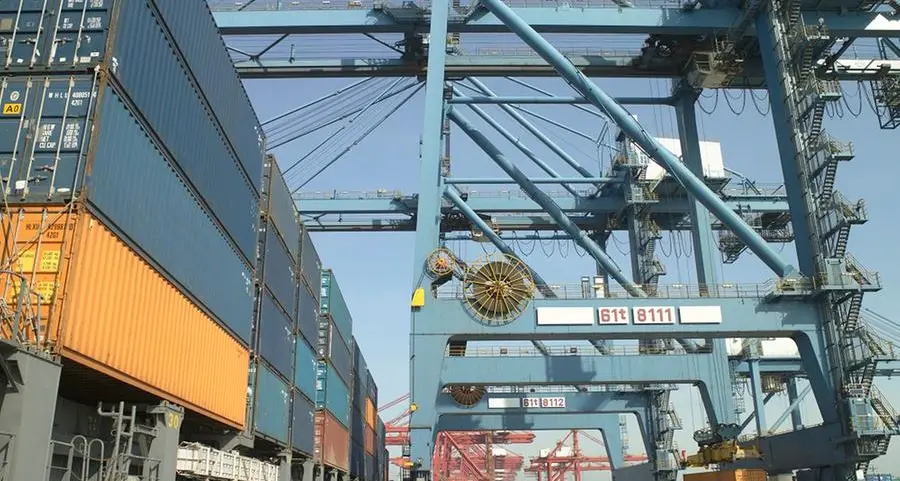Sunday, Aug 17, 2014
Dubai: Egyptian, Lebanese, and Tunisian banks have been suffering from sluggish corporate lending growth, but, surprisingly, the reported deterioration of asset quality indicators is so far well-contained, despite the magnitude of the geopolitical events.
Jordan’s political problems are less acute but, like Lebanon, the country remains vulnerable to the evolving conflict in Syria, including substantial inflows of refugees.
Morocco’s banking industry is in better economic shape, and more politically stable, but it is exposed to the economic slowdown of its European economic partners and needs to improve funding metrics and further capture business opportunities in Sub-Saharan Africa.
Asset quality indicators have so far not deteriorated to an extent comparable to the magnitude of the region’s political turbulences. That’s because banks have tightened their underwriting standards, concentrating on existing lending relationships and managing a limited and selective exposure to the retail sector.
Analysts believe that bad loans are likely to surface gradually as the political turmoil continues. “We believe that nonperforming loans (NPLs) could be underestimated, particularly in Egypt and Tunisia, due to the lack of timely identification, recognition, and reporting of problem loans. If we were to include restructured loans, not-yet-recognised problem loans, regulatory forbearance and assets received in exchange for bad loans, the level of nonperforming assets would be much higher than the officially reported figures in those two countries,” Paul-Henri M Pruvost, Associate Director for Financial Services Group EMEA at Standard & Poor’s.
Relatively low private sector indebtedness is helping to cushion credit risk in Egypt. In Tunisia, a government-commissioned full audit of the three major public sector banks was completed for two and is still ongoing for the third. Following the review the government intends to create an asset management company to resolve the backlog of non performing loans (NPLs), in particular those relating to the tourism sector.
In Jordan, the stock of NPLs has remained stable since 2011 after rising sharply over 2008-2010, and banks are now actively restructuring problem loans. “We view asset quality indicators as adequate in Lebanon and Morocco, although we observed a slight deterioration for the latter in 2013. In general, we believe banks across the region should continue to display sufficient loss absorption capacity to manage potential problems that may arise from their credit exposure to the private sector,” said Pruvost.
The capital positions of banks across this region are relatively week according to S&P. The rating agency’s capital assessments are lower than regulatory figures because it risk weights domestic sovereign debt, and its risk weights on corporate and retail exposures are correlated with risk assessment of the banks’ respective economic risk assessments in a global context.
By Babu Das Augustine Banking Editor
Gulf News 2014. All rights reserved.


